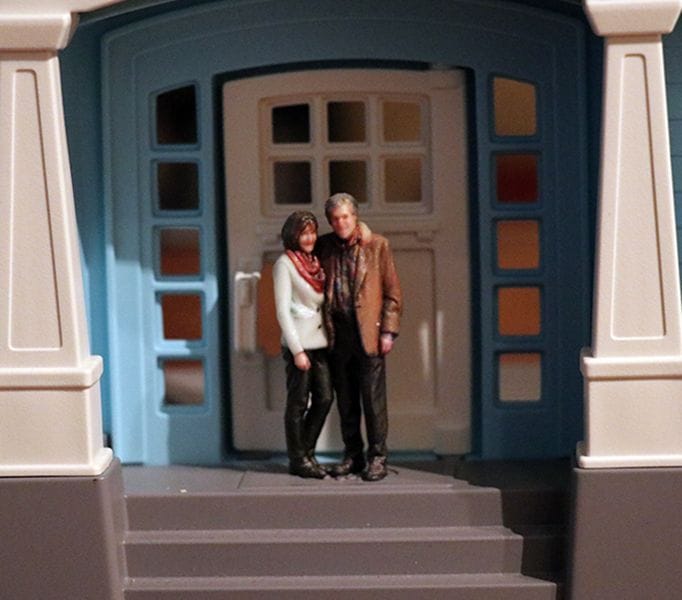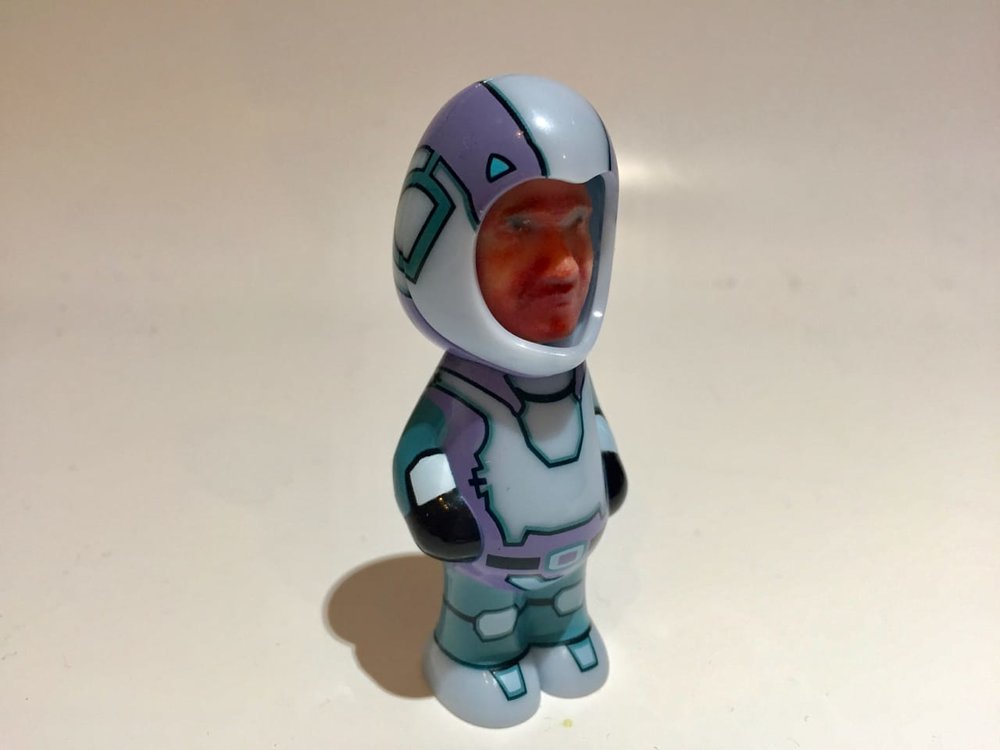![3D printed figurines in a diorama [Source: Twindom]](https://fabbaloo.com/wp-content/uploads/2020/05/image-asset_img_5eb097787b2e7.jpg)
A company found a new usage for 3D printed body scans: dioramas.
3D prints of people is still a fascinating use case for the technology, even though it was one of the first things attempted once 3D printing technology became widespread. The idea of “making yourself” with a machine is one of those crazy science fiction things that has actually come true.
Since the early days of rickety setups to perform the capture and sluggish software to process images, things have improved significantly. Today there are several sophisticated options for capturing 3D body scans at all price ranges. The processing software has also improved and is now faster and more accurate. Finally, the full-color 3D printing technology has never been better, allowing service providers to produce incredibly detailed personal figurines.
Entrepreneurs worldwide purchase such equipment and software to provide 3D printed figurines to the public, much in the same manner as a portrait photography service might. These operations tend to be local or regional, as the technology requires the participants to physically be in a scanner location.
Twindom is a California-based company that specializes in full-color 3D prints of body scans. This is where individuals pose in a specialized booth that can near-instantly capture their 3D shape and surface texture. Twindom sells a body scanner system to entrepreneurs, and has for several years.
Their business model involves not only selling the scanning equipment, but also providing a cloud-based system that can request the actual full-color 3D prints from their central print service.
![3D printed figurines in a diorama, next to a small houseplant [Source: Twindom]](https://fabbaloo.com/wp-content/uploads/2020/05/image-asset_img_5eb09778ca301.jpg)
We spoke with Twindom’s Will Drevno who explained a recent interest in very small figurines. Typically we’ve seen most personal figurines in the “toaster-size” range, but given the price of 3D print materials, the pricing for the prints has been out of budget for many people. Making the prints very small could be the answer, but then you must have a full-color 3D printer that can achieve sufficient resolution to make it worthwhile.
Drevno explains their solution:
“As someone who has worked with full-color 3D printing extensively, it’s crazy to see the level of detail full-color 3D printers have reached even for very small 3D prints. While there are other full-color 3D printers that can print at this scale, the Mimaki 3DUJ-553 is the only one we’ve seen with good enough color accuracy at this small of a print height needed for the very detail oriented miniature community.”
We’ve also noticed the incredible colors and accuracy of the Mimaki equipment, which seems to be gaining ground in the battle for full-color 3D printing.
![The rather small size of full-color 3D printed figurines [Source: Twindom]](https://fabbaloo.com/wp-content/uploads/2020/05/image-asset_img_5eb09779253ab.jpg)
But Drevno noticed something else:
“My company does a good amount of full-color 3D printing for 3D printed portrait businesses and thought you might be interested in a really cool way we’re seeing 3D prints off Mimaki’s 3DUJ-553 full-color 3D printer get used. With our very recently launched full-color resin 3D portrait fulfillment service (utilizes the Mimaki 3DUJ-553), a few of our partners with our 3D scanners have been getting a ton of interest from people in the scale miniature community looking to 3D print themselves and add themselves to their own dioramas.”
This is quite different from the usual “body-only” 3D print we’ve always seen. By placing the miniature prints into a scene, it could evoke a great deal more emotion from the observer. While I suspect the backgrounds of the dioramas shown here are likely “stock prints”, imagine the interest if a 3D scan of an actual, personal area could be integrated into the diorama.
There certainly are some interesting developments in the full-color body printing area happening.
Via Twindom











